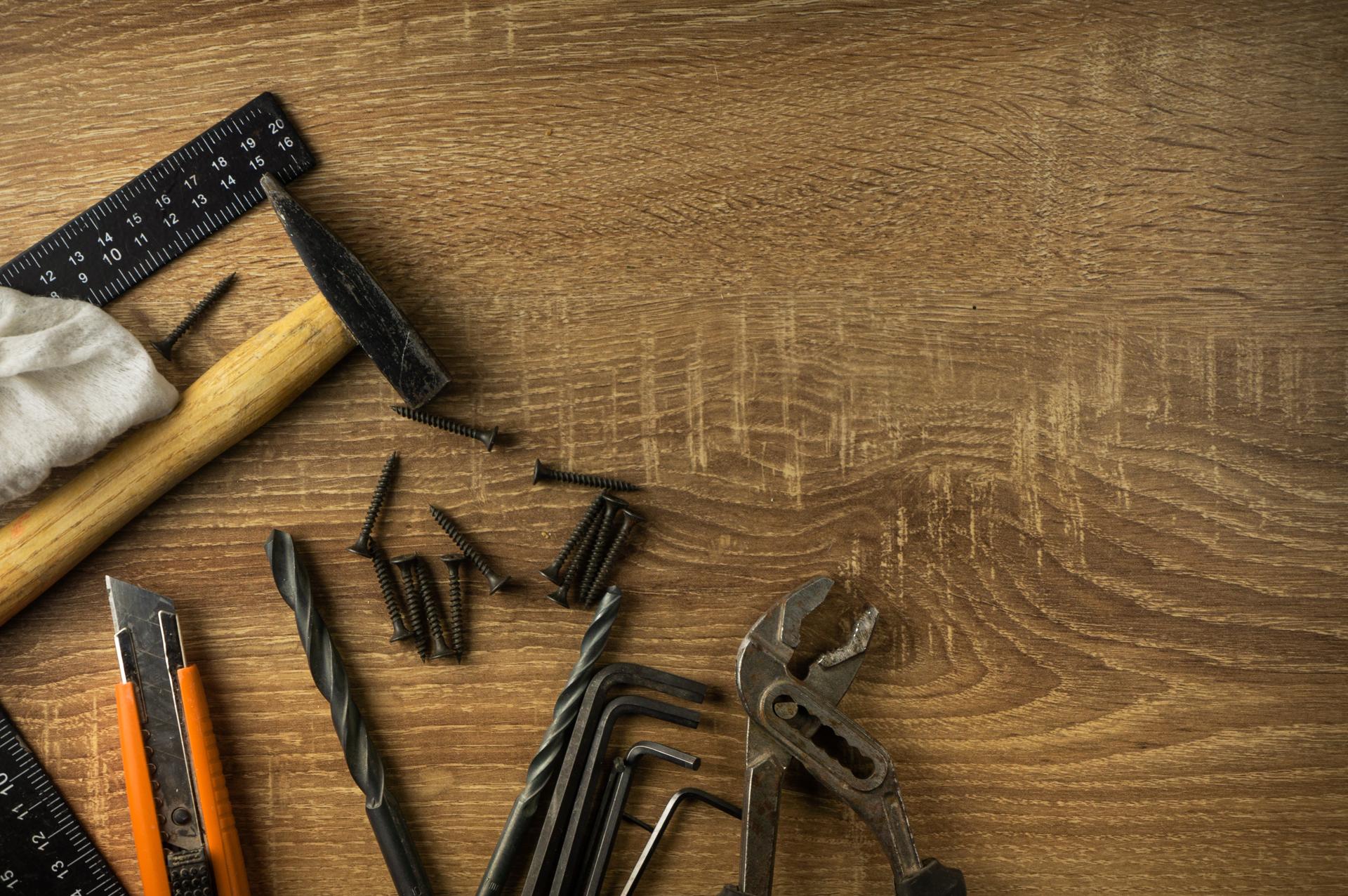DIY Plumbing: A Thorough Guide to Addressing Home Plumbing Problems

Plumbing systems are an integral component of every home. If they are not maintained properly they could become a source of many problems that can lead to frustration and expensive repairs.
However, there are many benefits to learning how to fix minor plumbing issues yourself, such as saving money and learning important skills. This article we’ll discuss common plumbing issues and how to fix them yourself. them.
Common Plumbing Problems
Dripping Faucets
Dripping faucets are not only irritating, they also use up a large amount of water over the course of time. The most common cause of leaky faucets is a worn-out washer or O-ring. To resolve this issue, turn off the water supply to the faucet, remove the handle, then replace the worn-out washer or O-ring.
Running Toilets
A running toilet is a frequent plumbing problem that could cause water to be wasted. The most common reason is a malfunctioning flapper valve that isn’t sealing correctly, allowing water to escape from the tank and into the bowl. To fix this issue, turn off the water supply to the toilet, take off the lid from the tank, and adjust or replace your flapper valve.
Clogged Drains
Clogged drains can be caused by various things such as soap, hair, or food particles. To fix this issue it is possible to use the plunger or drain snake to eliminate the blockage. Alternately, you could use a mixture of baking soda and vinegar to break up the blockage.
Low Water Pressure
The low pressure in the water can be caused by various factors such as mineral buildup in pipes or a malfunctioning pressure regulator. To resolve this issue it is possible to clean the aerator or replacing the pressure regulator.
Tools required for DIY plumbing
For DIY plumbing, you will need a few essential tools like the plunger, an adjustable wrench, pipe wrench, Teflon tape, and a screwdriver. The tools you have on hand will help you repair minor plumbing problems.
Tips to be Safe when doing your own plumbing
Safety must always be a top priority when performing any plumbing work that you do yourself. Some tips for safety to keep in mind include shutting off the water source prior to beginning any repair, wearing gloves and safety glasses as well as keeping a first-aid kit on hand in the event emergency situations.
DIY Plumbing Techniques
To resolve common plumbing issues, you will need to learn some DIY plumbing tips, like how to shut off your water source or repair a leaky faucet or a running toilet and how to clear a drain, and how to increase water pressure. These techniques can save you time and money when it comes to minor plumbing repairs.
Conclusion
In conclusion, learning how to fix minor plumbing issues yourself can be beneficial in numerous ways. Not only will it save you cash, it will provide you with satisfaction and valuable abilities. However, for more significant plumbing problems, it’s recommended to contact an experienced plumber.
FAQ
Can I fix a plumbing problem myself?
Yes, you can fix minor plumbing issues yourself, by learning a few basic DIY plumbing techniques.
Which are the top frequently encountered plumbing problems?
The most common plumbing problems are dripping water from faucets blockages in drains, as well as low water pressure.
What tools will I require for DIY plumbing?
You’ll need some important tools, such as a plunger, adjustable wrench pipe wrench Teflon tape and a screwdriver.
Is DIY plumbing safe?
DIY plumbing can be safe if you follow safety guidelines and take the appropriate precautions.
When should I contact an experienced plumber?
You should contact a licensed plumber for significant plumbing issues that require specialist equipment and expertise.
